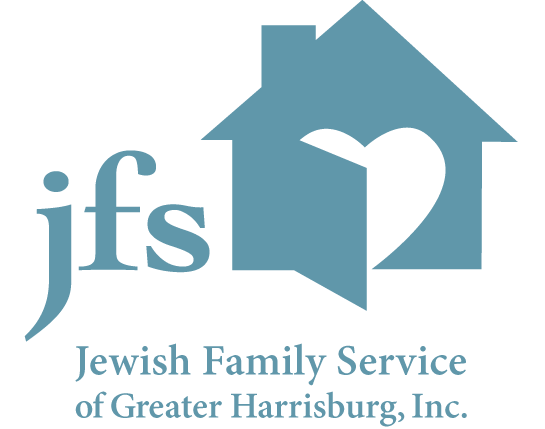It’s daunting enough to look for services for your child who may have a mental health concern. Figuring out what all those mental health acronyms mean will alienate the bravest among us. Read on for a quick guide!

ACEs=Although trauma can occur at any age, it has particularly debilitating long-term effects on children’s developing brains. Adverse childhood experiences, ACEs are traumatic events that occur before a child reaches the age of 18. ACEs include all types of abuse and neglect, such as parental substance use, incarceration, and domestic violence. ACEs can also include situations that may cause trauma for a child, such as having a parent with a mental illness or being part of a family going through a divorce. A landmark study in the 1990s found a significant relationship between the number of ACEs a person experienced and a variety of negative outcomes in adulthood, including poor physical and mental health, substance use, and risky behaviors.
ADD=Attention deficit disorder: a developmental disorder characterized by symptoms of inattention (such as distractibility, disorganization, or forgetfulness) or by symptoms of hyperactivity and impulsivity (such as fidgeting, speaking out of turn, or restlessness).
ASD=Autism spectrum disorder is a developmental disability that can cause significant social, communication and behavioral challenges.
BP=Bipolar disorder is a chronic mental health condition that gets its name from the extreme mood patterns it causes (going from “high highs” to “low lows”), is highly disruptive, causing serious emotional, behavioral and, at times, physical problems, occurs in cycles that last for days or weeks, has no clearly defined, single cause, but is believed to be linked to both biological and life experience factors, can wax and wane over time, and has no permanent cure, but is treatable with evidence-based interventions
CD=Conduct disorder refers to a group of repetitive and persistent behavioral and emotional problems in youngsters. Children and adolescents with this disorder have great difficulty following rules, respecting the rights of others, showing empathy, and behaving in a socially acceptable way. They are often viewed by other children, adults and social agencies as “bad” or delinquent, rather than mentally ill.
DMDD=Disruptive mood dysregulation disorder is a childhood condition of extreme irritability, anger, and frequent, intense temper outbursts. DMDD symptoms go beyond a being a “moody” child—children with DMDD experience severe impairment that requires clinical attention.
DSM=The Diagnostic and Statistical Manual of Mental Disorders is the handbook used by healthcare professionals in the United States and much of the world as the authoritative guide to the diagnosis of mental disorders. DSM contains descriptions, symptoms, and other criteria for diagnosing mental disorders.
FASD=Fetal Alcohol Spectrum Disorders is an umbrella term describing the range of effects that can occur in an individual whose mother drank alcohol during pregnancy. These effects may include physical, mental, behavioral, and/or learning disabilities with possible lifelong implications.
ID=Intellectual disability is a term used when a person has certain limitations in mental functioning and in skills such as communicating, taking care of him or herself, and social skills. These limitations will cause a child to learn and develop more slowly than a typical child.
LD=A learning disorder is an information-processing problem that prevents a person from learning a skill and using it effectively. Learning disorders generally affect people of average or above average intelligence. As a result, the disorder appears as a gap between expected skills, based on age and intelligence, and academic performance. Common learning disorders affect a child’s abilities in reading, written expression, math or nonverbal skills.
ODD=Oppositional defiant disorder is a type of behavior disorder. It is mostly diagnosed in childhood. Children with ODD are uncooperative, defiant, and hostile toward peers, parents, teachers, and other authority figures. They are more troubling to others than they are to themselves.
PDD=Pervasive developmental disorders include delays in how a child typically develops, problems with socializing and communicating, trouble when a routine changes, and repetitive movements and behaviors. But it’s actually not a term that doctors use anymore. PDDs are now called autism spectrum disorder.
PTSD=Post traumatic stress disorder, is an anxiety problem that develops in some people after extremely traumatic events, such as abuse, combat, an accident or natural disaster. People with PTSD may relive the event via intrusive memories, flashbacks and nightmares; avoid anything that reminds them of the trauma; and have anxious feelings they didn’t have before that are so intense their lives are disrupted.
Trauma=Trauma is a pervasive problem. It results from exposure to an incident or series of events that are emotionally disturbing or life-threatening with lasting adverse effects on the individual’s functioning and mental, physical, social, emotional, and/or spiritual well-being. Experiences that may be traumatic include: Physical, sexual, and emotional abuse, childhood neglect, living with a family member with mental health or substance use disorders, sudden, unexplained separation from a loved one, poverty, racism, discrimination, and oppression, and violence in the community, war, or terrorism.
TBI=Brain dysfunction caused by an outside force, usually a violent blow to the head. Traumatic brain injury often occurs as a result of a severe sports injury or car accident. Immediate or delayed symptoms may include confusion, blurry vision, and concentration difficulty. Infants may cry persistently or be irritable.
This is just a small list I created but there are many more diagnoses and acronyms out there. Please refer to the NAMI website when seeking additional information!





